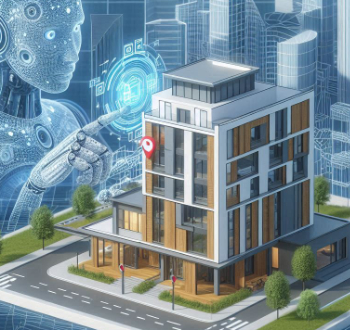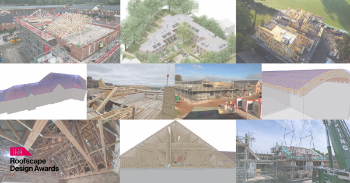Computer numerical control

|
Computer numerical control (CNC) is the digital manipulation of machines such as drills, lathes and other machine tools by computers and circuitry. Also known as numerical control or computational numerical control, the process comprises a series of numerical values generated by a computer; each of which is assigned to a desired tool or control position to enable the machining of a blank piece of material to precise specifications without requiring a manual operator.
The process dateso back to the first CNC machines built in the 1950s and 60s which relied on punched tape (or perforated paper tape) to communicate the tool position that was controlled by a motor. The process has since been refined and improved by analogue and digital computers.
Under CNC, every object to be manufactured is allocated a G-code (an international standard language) that is stored in the machine and executed by a microcomputer (machine control unit or MCU) attached to the machine. The G-code is a set of instructions – such as the positioning or speed of the tool’s components – that the machine will follow to create or part-create the item in question. Typically, this allows the automation of machine tools such as lathes, mills, routers, lasers and grinders.
In sophisticated manufacturing operations, G-codes are typically derived from the automatic translation of engineers’ CAD drawings into a sequential programme of machine control instructions which are then implemented. A less complex method is writing part-programmes using high-level, part-programming languages.
CNC does not rely on conventional control by cranks, cams and gears. Instead, it allows desired feed rates and cuts to be ‘dialled in’, thereby providing precise, repeatable machine movements that can be optimised for speed, feed and machine cycles.
CNC machines give flexibility of manufacture, especially when variable and complex part geometries are required. Parts can be produced in batches of just a few to several thousand.
[edit] Benefits of computer numerical control
- Provides highly automated, precise manufacturing;
- Does not rely on manual control;
- The part produced is a close match to the original CAD drawing, and
- Gives flexibility of batch size.
[edit] Typical applications of CNC include:
- 3D printing
- Lathes
- Mills
- Water jet cutters, drills, embroidery machines, sheet metal works and glass cutting
- Electrical and/or chemical machining
- Lasers, oxy-fuel and plasma technology
[edit] Related articles on Designing Buildings
- 3D printing.
- Advanced construction technology.
- Building drawing software.
- Building information modelling.
- Common data environment.
- Computer aided design.
- Computer aided manufacturing.
- Computers in building design.
- Computers in tendering.
- Computers in the management of construction.
- Information manager.
- Information and communications technology.
- LEXiCON.
- PAS 1192-2:2013.
- Rapid prototyping.
- Twickenham Studio - London's world-renowned film studio transformed.
- Wikihouse.
Featured articles and news
Moisture, fire safety and emerging trends in living walls
How wet is your wall?
Current policy explained and newly published consultation by the UK and Welsh Governments.
British architecture 1919–39. Book review.
Conservation of listed prefabs in Moseley.
Energy industry calls for urgent reform.
Heritage staff wellbeing at work survey.
A five minute introduction.
50th Golden anniversary ECA Edmundson apprentice award
Showcasing the very best electrotechnical and engineering services for half a century.
Welsh government consults on HRBs and reg changes
Seeking feedback on a new regulatory regime and a broad range of issues.
CIOB Client Guide (2nd edition) March 2025
Free download covering statutory dutyholder roles under the Building Safety Act and much more.
AI and automation in 3D modelling and spatial design
Can almost half of design development tasks be automated?
Minister quizzed, as responsibility transfers to MHCLG and BSR publishes new building control guidance.
UK environmental regulations reform 2025
Amid wider new approaches to ensure regulators and regulation support growth.
The maintenance challenge of tenements.
BSRIA Statutory Compliance Inspection Checklist
BG80/2025 now significantly updated to include requirements related to important changes in legislation.
Shortlist for the 2025 Roofscape Design Awards
Talent and innovation showcase announcement from the trussed rafter industry.






















